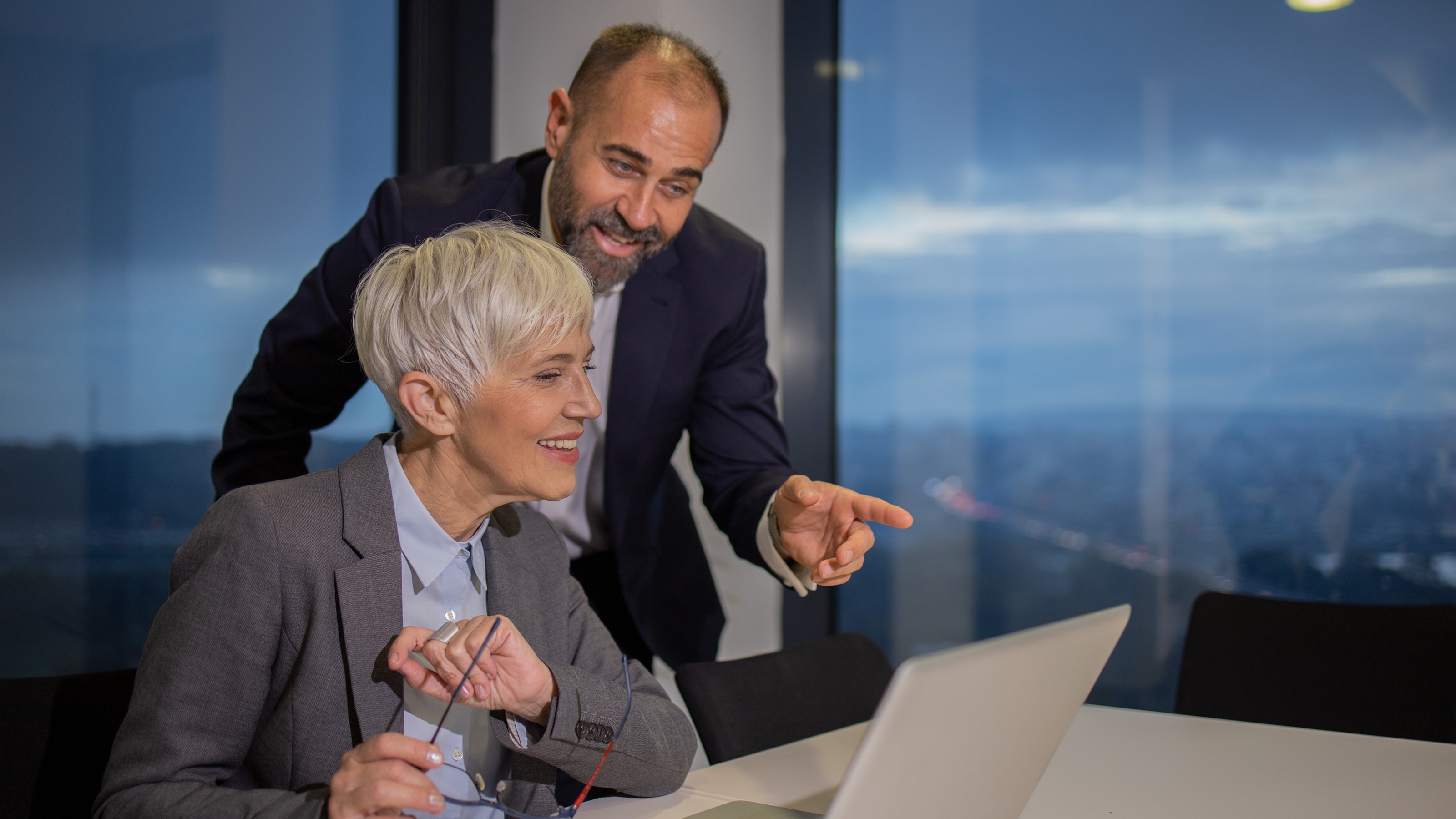Making a Difference Through Impact Investing
Doing well by doing good is projected to become a $500 billion market by 2020, led by the likes of the Rockefeller and Gates foundations. Here’s how it works.

The growing appeal of impact investing proves that social change and smart allocation of money for profit are not mutually exclusive. Impact investors seek to engender social and environmental change while still achieving a return on capital. Impact investments can target frontier, emerging, or developed markets. Unlike grants, the financial return can be reinvested, thereby allowing investors to maximize the positive impact of each dollar.
The Monitor Institute, a “next ideas” consultancy offering best practices in public problem solving, divides impact investors into one of two categories: financial-first investors and impact-first investors. Financial-first investors expect a market or above-market rate of return. Their primary concern is a healthy return on investment. Impact-first investors focus more on the social or environmental benefits of the venture. Financial gains are secondary to the positive impact of their investment. These investors may be willing to accept a below-market rate of return, or simply a repayment of principal, if the investment has the potential for great social change.
The term “impact investing” was first coined in 2007 by the Rockefeller Foundation. Born out of the microfinance and social enterprise movement, impact investing has grown into a multibillion-dollar market over the past several years. J.P. Morgan and the Rockefeller Foundation’s Global Impact Investing Network (GIIN) expect the market to swell to $500 billion by the year 2020. Younger generations of investors, disillusioned by the global financial collapse, seem especially keen to direct private capital into socially responsible investment strategies. The long-term outlook for the impact investment market is exceptionally bright.
From just $107.88 $24.99 for Kiplinger Personal Finance
Become a smarter, better informed investor. Subscribe from just $107.88 $24.99, plus get up to 4 Special Issues

Sign up for Kiplinger’s Free Newsletters
Profit and prosper with the best of expert advice on investing, taxes, retirement, personal finance and more - straight to your e-mail.
Profit and prosper with the best of expert advice - straight to your e-mail.
To qualify as an impact investment, an investment must meet certain criteria (as outlined by GIIN). These particular qualities help to differentiate impact investing from other forms of investment.
1) Intentionality: “The intent of the investor to generate social and/or environmental impact through investments is an essential component of impact investing.”
2) Investment with Return Expectations: "Impact investments are expected to generate a financial return on capital and, at a minimum, a return of capital.”
3) Range of Return Expectations and Asset Classes: "Impact investments generate returns that range from below market (sometimes called concessionary) to risk-adjusted market rate.”
4) Impact Measurement: "A hallmark of impact investing is the commitment of the investor to measure and report the social and environmental performance and progress of underlying investments. Impact measurement helps ensure transparency and accountability, and is essential to informing the practice of impact investing and building the field.”
Impact investing is sometimes viewed as a replacement or successor to philanthropic endeavors, yet the Monitor Institute and the Acumen Fund, a non-profit that raises charitable donations to invest in companies, leaders, and ideas that are changing the way the world tackles poverty, prefer to think of it as a complementary practice—one more way of enacting positive change. Pierre Omidyar, founder of eBay and the Omidyar Network, believes in a collaborative approach to solving global problems:
“One of the biggest things I’ve learned in more than a decade of this work is that you really can make the world better in any sector—in nonprofits, in business, or in government. It’s not a question of one sector’s struggling against another, or of ‘giving back’ versus ‘taking away.’ That’s old thinking. A true philanthropist will use every tool he can to make an impact.”
One of Omidyar Network’s earliest investments was in Ethos Water, a bottled water company that uses a share of their proceeds to improve access to clean water in developing nations. Last year, private equity giant Bain Capital joined the impact investment market by acquiring a 50% stake in TOMS shoes, an ethical footwear company that has donated more than 10 million pairs of shoes to children in need. Through this sizable investment, TOMS plans to expand its social outreach.
The Gates Foundation is another organization at the forefront of the impact investment movement. To date, the foundation has allocated more than $1 billion, through loan guarantees, low-interest loans, and equity investments in nonprofit organizations. Earlier this year, the foundation made a $52 million investment in CureVac, a pioneering biotechnology firm focused on developing low-cost drugs and vaccines for controlling the spread of infectious disease in underdeveloped countries.
This influx of private capital may even inspire smaller businesses to adopt more socially minded business models. We have yet to see the full reverberation of impact investing. The most pressing issues of our time—climate change, education, poverty, clean water, healthcare—will not be resolved by a single group of people. It will require a concerted effort from multiple sectors to expunge or mitigate these urgent global crises. In the meantime, impacting investing offers a practical and sustainable way to give back to those around us.
Marguerita M. Cheng is the Chief Executive Officer at Blue Ocean Global Wealth. Marguerita is a spokesperson for the AARP Financial Freedom Campaign and is often featured in national publications. As a CFP Board Ambassador, Marguerita helps educate the public, policy makers, and media about the benefits of competent, ethical financial planning. She proudly serves on the FPA National Board of Directors and is a frequent speaker on on financial planning, Social Security, diversity, elder care, and retirement.
Profit and prosper with the best of Kiplinger's advice on investing, taxes, retirement, personal finance and much more. Delivered daily. Enter your email in the box and click Sign Me Up.

Marguerita M. Cheng is the Chief Executive Officer at Blue Ocean Global Wealth. She is a CFP® professional, a Chartered Retirement Planning Counselor℠ and a Retirement Income Certified Professional. She helps educate the public, policymakers and media about the benefits of competent, ethical financial planning.
-
 5 Types of Gifts the IRS Won’t Tax: Even If They’re Big
5 Types of Gifts the IRS Won’t Tax: Even If They’re BigGift Tax Several categories of gifts don’t count toward annual gift tax limits. Here's what you need to know.
-
 The 'Scrooge' Strategy: How to Turn Your Old Junk Into a Tax Deduction
The 'Scrooge' Strategy: How to Turn Your Old Junk Into a Tax DeductionTax Deductions We break down the IRS rules for non-cash charitable contributions. Plus, here's a handy checklist before you donate to charity this year.
-
 IRS Says You Made a Tax Return Mistake? A New Law Could Help You Fight Back
IRS Says You Made a Tax Return Mistake? A New Law Could Help You Fight BackTax Law Updated taxpayer protections change what the IRS must explain on error notices and how long you have to respond.
-
 I'm a Tax Attorney: These Are the Year-End Tax Moves You Can't Afford to Miss
I'm a Tax Attorney: These Are the Year-End Tax Moves You Can't Afford to MissDon't miss out on this prime time to maximize contributions to your retirement accounts, do Roth conversions and capture investment gains.
-
 I'm an Investment Adviser: This Is the Tax Diversification Strategy You Need for Your Retirement Income
I'm an Investment Adviser: This Is the Tax Diversification Strategy You Need for Your Retirement IncomeSpreading savings across three "tax buckets" — pretax, Roth and taxable — can help give retirees the flexibility to control when and how much taxes they pay.
-
 Could an Annuity Be Your Retirement Safety Net? 4 Key Considerations
Could an Annuity Be Your Retirement Safety Net? 4 Key ConsiderationsMore people are considering annuities to achieve tax-deferred growth and guaranteed income, but deciding if they are right for you depends on these key factors.
-
 I'm a Financial Pro: Older Taxpayers Really Won't Want to Miss Out on This Hefty (Temporary) Tax Break
I'm a Financial Pro: Older Taxpayers Really Won't Want to Miss Out on This Hefty (Temporary) Tax BreakIf you're age 65 or older, you can claim a "bonus" tax deduction of up to $6,000 through 2028 that can be stacked on top of other deductions.
-
 Meet the World's Unluckiest — Not to Mention Entitled — Porch Pirate
Meet the World's Unluckiest — Not to Mention Entitled — Porch PirateThis teen swiped a booby-trapped package that showered him with glitter, and then he hurt his wrist while fleeing. This is why no lawyer will represent him.
-
 Smart Business: How Community Engagement Can Help Fuel Growth
Smart Business: How Community Engagement Can Help Fuel GrowthAs a financial professional, you can strengthen your brand while making a difference in your community. See how these pros turned community spirit into growth.
-
 In 2026, the Human Touch Will Be the Differentiator for Financial Advisers
In 2026, the Human Touch Will Be the Differentiator for Financial AdvisersAdvisers who leverage innovative technology to streamline tasks and combat a talent shortage can then prioritize the irreplaceable human touch and empathy.
-
 How Financial Advisers Can Deliver a True Family Office Experience
How Financial Advisers Can Deliver a True Family Office ExperienceThe family office model is no longer just for the ultra-wealthy. Advisory firms will need to ensure they have the talent and the tech to serve their clients.